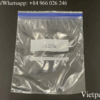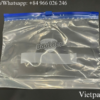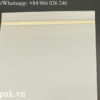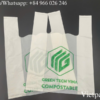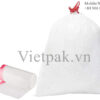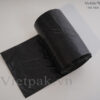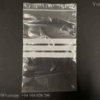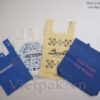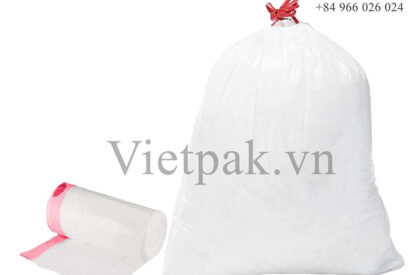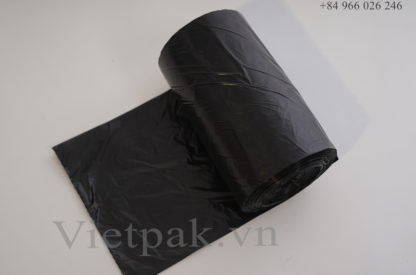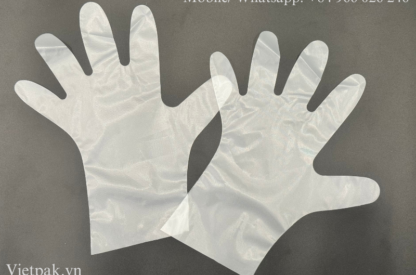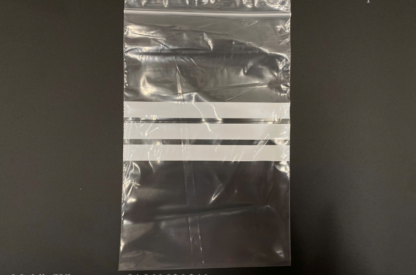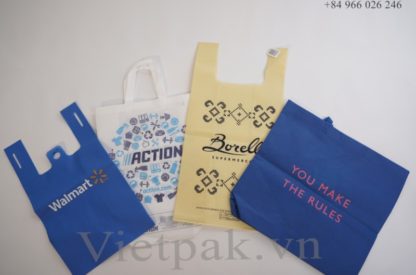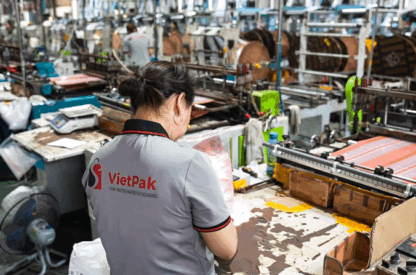What Did The People Do before Plastic Bags Were Made?
Plastic bags have become an integral part of our modern lives, providing convenience and ease for carrying items. However, it’s important to comprehend the time before plastic bags and look into the alternative packaging strategies that were used. We can learn about sustainable practices and understand the importance of reducing our reliance on single-use plastics by looking back in time.
Pre-Industrial Packaging Methods
Contents
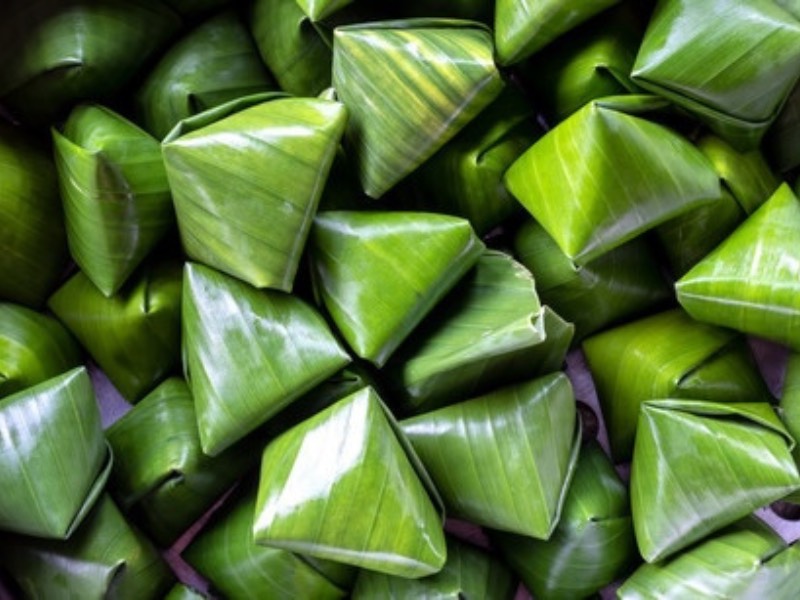
Prior to the advent of industrialization, people relied on ingenious techniques to package and transport their possessions. Natural materials such as plant fibers, woven baskets, and animal skins served as durable alternatives. Animal skins were made into pouches, providing a reliable and adaptable way to carry goods. Food, tools, and personal items could all be carried easily in woven baskets that were made with great skill and ingenuity.
Additionally, people wove containers of various sizes and shapes from plant fibers like reeds, leaves, and bark. These organic packaging materials not only offered workable solutions but also demonstrated our ancestors’ ingenuity and resourcefulness.
Industrial Revolution and Packaging Innovation
The Industrial Revolution transformed packaging techniques, which sparked the development of fresh substitutes for plastic bags. Paper bags became more well-liked as a lightweight and inexpensive alternative as manufacturing and technology improved. Paper, which is made from trees and is processed into thin sheets, served as a flexible packaging material for a variety of goods. These bags were readily available, so markets, shops, and grocery stores could all use them.
As reusable alternatives, cloth bags made of strong materials like cotton or linen have gained popularity. These strong bags with handles gave customers a practical and environmentally friendly way to transport their purchases. Cloth bags’ strength made them perfect for reusing, which helped to make packaging more environmentally friendly and less wasteful.
Evolution of Shopping Bags
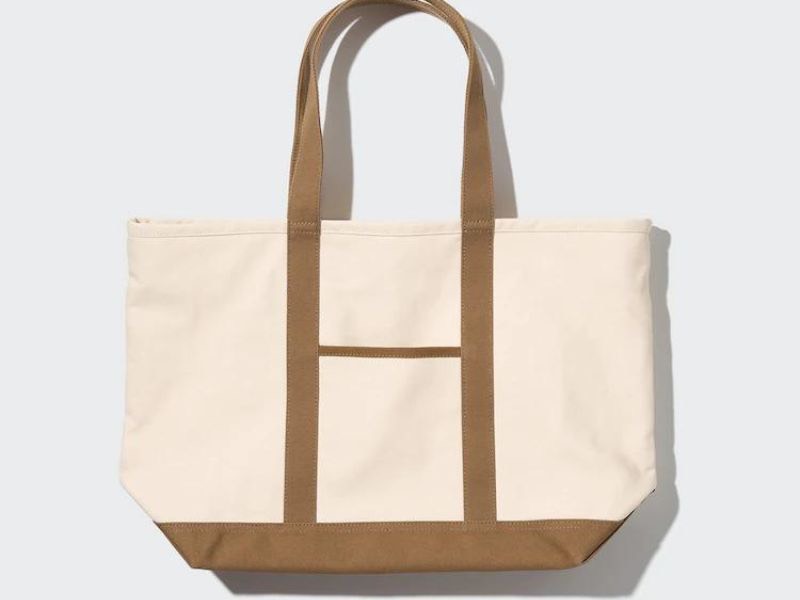
Urban lifestyles and rising consumerism made it clear that practical and effective shopping bags were needed. Canvas bags, made of strong and durable materials, have become a popular choice. These sturdy bags were a dependable option for daily needs because they could carry weighty items like groceries, books, and household supplies. Canvas bags are a popular alternative to disposable bags due to their strength, roomy interiors, and comfortable handles.
Jute bags, like canvas bags, have grown in popularity because of their eco-friendliness and adaptability. Strength, durability, and biodegradability were offered by jute, a natural fiber made from the jute plant. Jute bags evolved into a trendy and environmentally friendly option for consumers, reflecting a growing awareness of greener options.
The Rise of Plastic Bags
Plastic bags appeared in the middle of the 20th century and spread like wildfire. The development of strong, lightweight plastics like polyethylene revolutionized the packaging sector. Plastic bags provided a practical and economical way to package and transport goods. They became the standard option for retailers and customers alike due to their accessibility, capacity for mass production, and light weight.
Plastic bags spread like wildfire throughout supermarkets, retail establishments, and homes, streamlining shopping procedures and satisfying the needs of a quick-paced society. Thoughts about their potential negative effects on the environment began to surface as their popularity grew.
Pre-Plastic Bag Lifestyle
Before plastic bags became the norm, people preferred reusable options and conventional packaging techniques. Reusable bags were frequently used for a variety of uses, such as woven baskets and cloth sacks. In addition to being useful for shopping, woven baskets made of materials like straw, wicker, or bamboo were also used as storage containers in homes. They were essential for carrying groceries, fresh produce, and other items because of their ample space and durability.
Cloth sacks were adaptable and perfect for carrying items like grains, flour, and other dry goods. They were frequently made from durable fabrics like cotton or linen. These reusable options demonstrated an inventive culture and a waste-reduction mindset.
Environmental and Social Impact
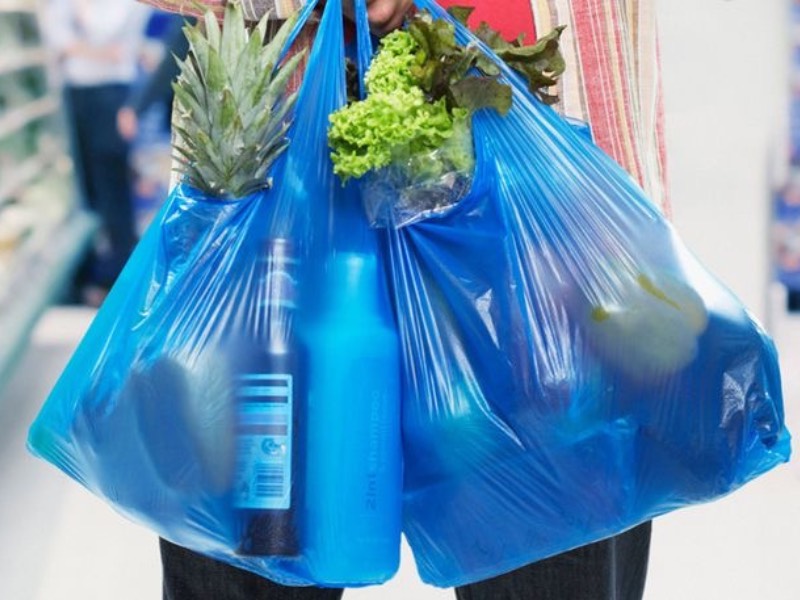
The negative effects increased along with the use of plastic bags. With used plastic bags ending up in landfills, clogging streets, and contaminating oceans, this problem has become urgent. Plastic bags posed a serious threat to wildlife, marine ecosystems, and the environment overall due to improper disposal and slow decomposition.
The durability of plastic bags, which was meant to be a convenience, ended up being a drawback because of their enduring pollution of the environment. The harm that plastic bags cause to wildlife, especially marine life, has brought attention to the urgent need for sustainable alternatives.
Contemporary Alternatives
Thankfully, environmentally friendly alternatives have appeared in response to worries about plastic bags’ impact on the environment. Because of their strength, washability, and capacity to replace countless single-use plastic bags, reusable cloth bags have become very popular. These bags come in a variety of sizes, patterns, and colors and are frequently made from recycled or organic materials, making them not only practical but also fashionable.
There has also been an increase in interest in compostable and biodegradable bag options. These bags provide a more environmentally friendly option for momentary use because they are typically made from plant-based polymers or substances like cornstarch. They are made to naturally decompose over time, reducing their negative environmental effects.
Changing Attitudes and Regulations
The attitudes of people around the world toward the use of plastic bags are changing. To reduce their use and promote sustainable practices, governments and organizations have enacted laws and bans on single-use plastic bags. By putting such policies into place, the government hopes to increase public awareness of the harm that plastic bags do to the environment and encourage the use of reusable alternatives.
In addition to these initiatives, consumer awareness campaigns have been extremely important in informing the public about the advantages of reusable bags and sensible consumption practices. These programs seek to instill a sense of environmental responsibility in people and encourage them to choose carefully how to package and carry their belongings.
Reference: The History of Packaging Materials https://www.packagingstrategies.com/articles/96337-the-history-of-packaging-materials
Conclusion
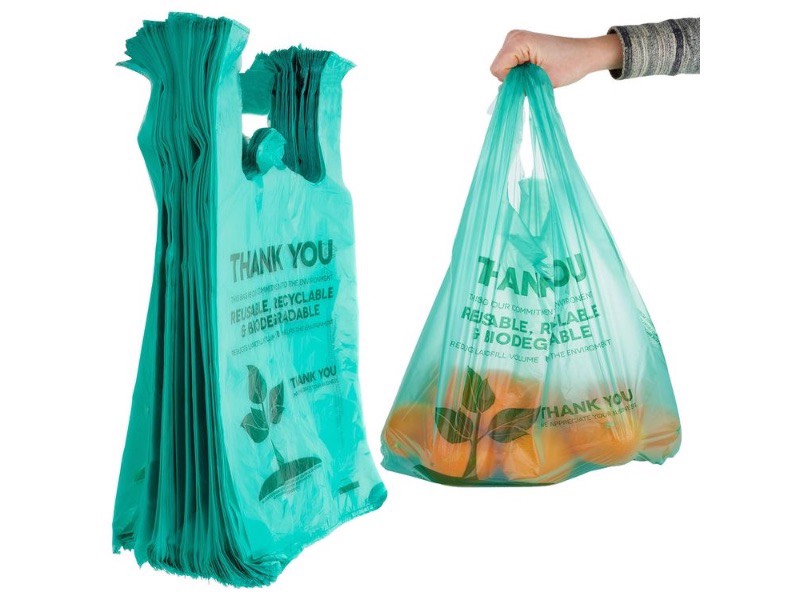
Exploring what did the people do before plastic bags were made helps us understand the long history of packaging techniques and the widespread use of sustainable practices back then. We can help create a more sustainable future by acknowledging the negative environmental effects of plastic bags. Thefore, alternatives like reusable cloth bags and biodegradable choices would be embraced.
Let’s take a cue from the past and select environmentally conscious packaging options that are consistent with our commitment to preserving the environment for future generations. By working together, we can lessen our reliance on single-use plastics. Moreover, we will also adopt more environmentally friendly methods for storing and transporting our belongings as well.
LEADING MANUFACTURER
We are a premier plastic bag manufacturer based in Vietnam. Our dedicated team excels in crafting customized packaging solutions to precisely meet the needs of all customers
QUALITY CONTROL
We have a strict quality control system. Our bags are inspected before production, during production, and prior to loading into containers. Our priority is to minimize every defective goods before shipping to our customers
AMAZING SERVICE
Our enthusiastic customer service team always strives to respond to your emails as promptly as possible. We take pride in our ability to consistently deliver high-quality products on time, every time.



